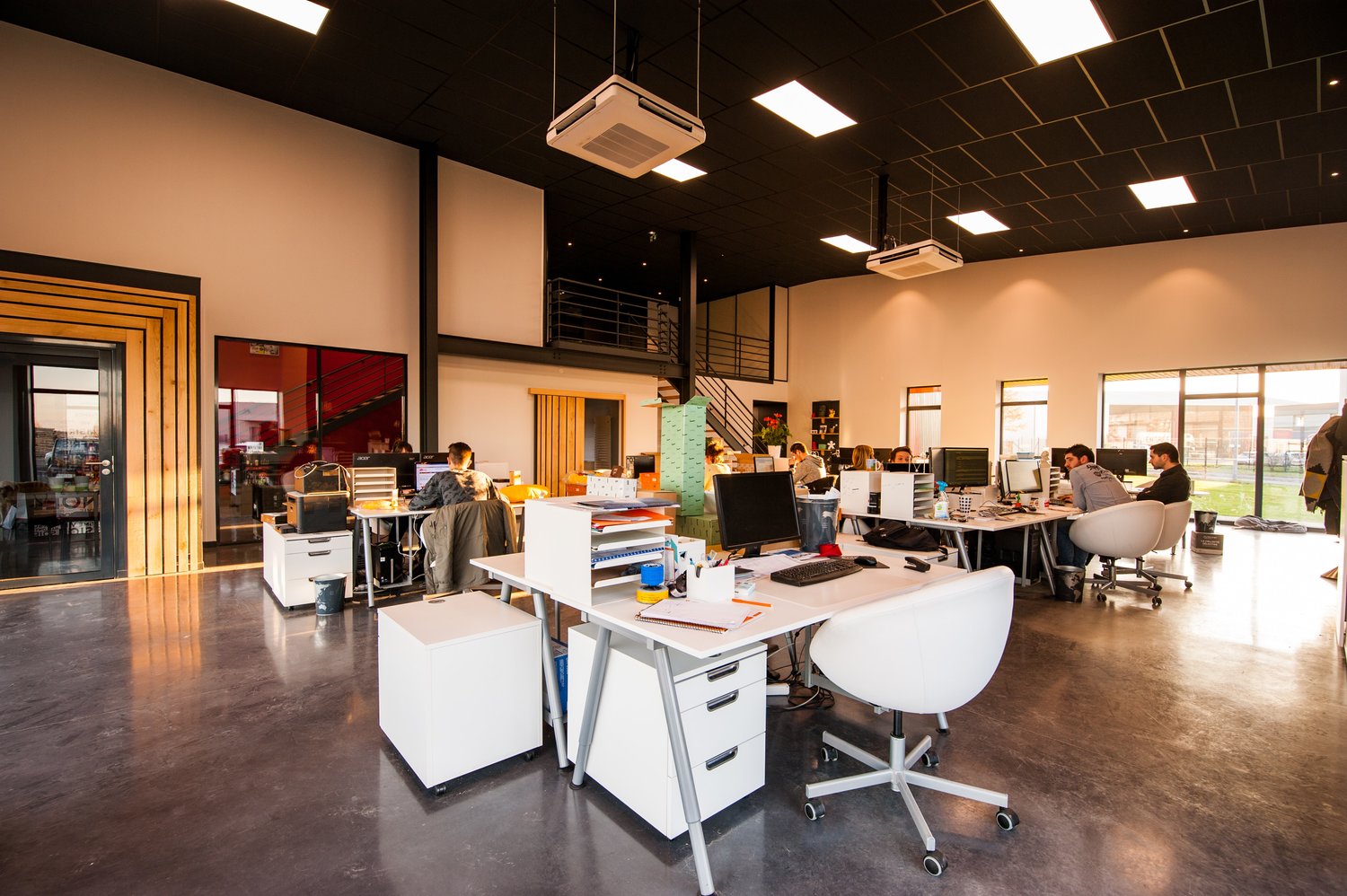
Open-plan offices have gained huge traction since its modest beginnings in the mid 20th century. The idea is that with fewer physical barriers, workers should be able to collaborate more.
Silicon Valley has been taking the lead by tearing down its walls and adopting the open-plan office.
Google, Facebook, and Yahoo are some of the few to adopt this trend.
Facebook’s CEO Mark Zuckerburg hired a famous architect named Frank Gehry to design the largest open-plan office space in the world. The result was an astonishing 3000 engineering all working alongside each other in a collaborative spirit.
The open-plan office movement has been having a bit of a hard time in recent years with the amount of bad press surrounding it. Findings suggest it hinders productivity.
Let’s take a look at some of the main arguments.

Benefits
Collaboration is key
Especially for advertising and marketing agencies where interaction is crucial. It also helps when you can just ask your colleague something that you need straight away instead of the wasted time booking meetings.
Cheaper fit-out cost
Eliminating the need for lengthy construction and design, the open office works out significantly cheaper. Especially when you don’t need to build cubicles. It is also likely that you will save on energy with more efficient airflow and light.
Flexible
As your business grows so will your headcount. A significant benefit of the open office is that can easily accommodate more workers.
Disadvantages
Sound issues
Employees have a hard time focusing on the open office which can result in reduced productivity. This is worsened when the type of work requires privacy. For example, sales and recruitment.
Privacy
Do you have nosy co-workers? The issue with the open office is that your big glaring computer screens are easily seen by people passing by. People don’t like to feel like they are being watched, from their boss or their colleagues.
The agile office
The solution might be a combination of open offices with effective task-orientated private spaces.
In the agile office, employees don’t have a set desk. Instead, they choose where they want to work every morning. Workers have the opportunity to choose an environment that is best suited to the type of work they expect to be doing that day.
If a sales worker, for instance, needs to take an important call they can jump into a Single Pod. Brainstorming sessions on the other hand can either be done in a comfortable seating area or a meeting room pod.
Harvard Business school conducted a study that found some of the most successful office spaces are the ones that provide a diverse range of spaces and options for their employees. Workers can work on their terms.
Acoustic meeting rooms can be highly effective in reducing the negative effects of the open office. These types of solutions provide a range of environments that give workers the choice to find a space that will suit their work needs. It is also a cost-effective solution to accommodate increasing headcount.

